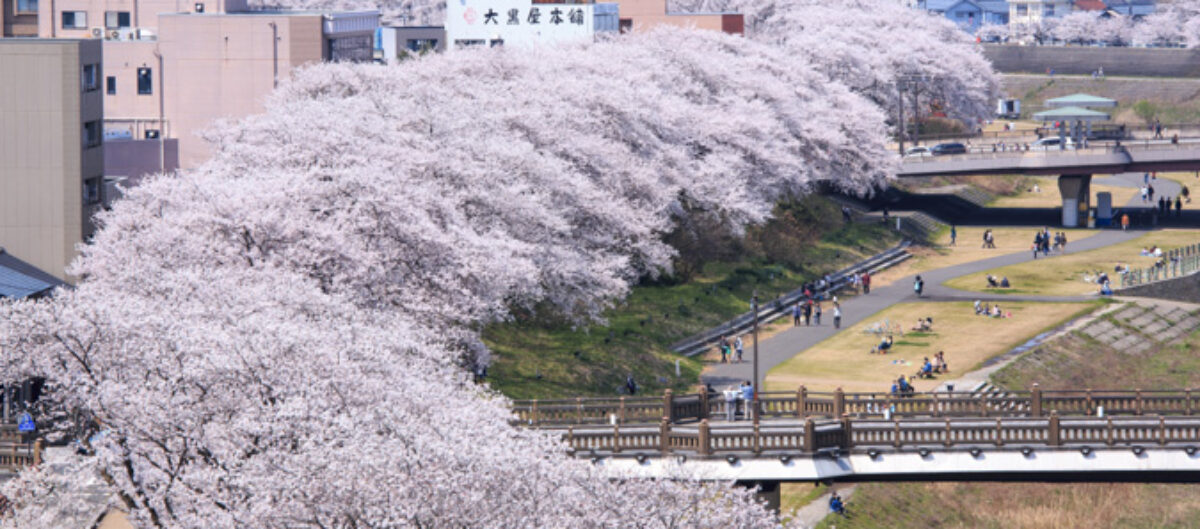
September/23/2018
Today I went to the Fukui Varve Museum, which just opened this September in Wakasa, Fukui Prefecture, Japan. My mother and I had talked about it and I’d wanted to go there.

Varves are striped layers at different depths in lakes. Remains of plankton and mud fall and accumulate, and they become varves. Light and dark patterns make pairs and represent one year.
Lake Suigetsu, one of the five lakes of Mikata Goko, has varves that are 70,000 years old and 45 meters deep!!! They’re the longest in the world, and they’ve been formed without missing a single year. Some people call Lake Suigetsu “ The Miracle Lake”.
Why are varves so important?
They contain fallen leaves and pollen, and people can speculate about the types of plants that grew around the lake, the environment, and the weather of the time accurately. In other words, varves are important sources of information.
Moreover, these varves are also used as scales. Now, these varves are a global standard measure in archaeology and geology. Takeshi Nakagawa, a professor at Ritsumeikan University, wrote that Lake Suigetsu is the equivalent of the Royal Greenwich Observatory for people in contemporary society. (The Royal Greenwich Observatory is the home of the Prime Meridian and Greenwich Mean Time.)
It’s said that a series of four chance events resulted in the formation of the varves.
1. There weren’t any big rivers that ran into Lake Suigetsu, so the depth of the lake hasn’t changed.
2. Lake Suigetsu is surrounded by mountains, which prevent wind, so the surface of the lake hasn’t been disturbed.
3. The water in Lake Suigetsu hasn’t been mixed, so there’s no oxygen or living things in the deep parts of the lake. As a result, the varves haven’t been damaged.
4. This is very interesting: When varves accumulate over a long time, a lake is filled with varves in the end. However, Lake Suigetsu is sinking, so the lake still isn’t filled with the varves. Interestingly, the varves of this lake only accumulate about 0.7 mm a year, and the lake is sinking about 1.0 mm every year.



There were 30-50 people in the museum, and we saw real varves. I learned that the varves of Lake Suigetsu were found in 1991, and more than 30 researchers from Japan, the Netherlands, England, and Germany have been researching these varves for about 30 years.
I think that Lake Suigetsu and the varves are a treasure of the world.
To be continued (more about the varves and Lake Suigetsu)
(Reference): Lake Suigetsu Varves (Fukui Prefecture) (This is an official pamphlet of Lake Suigetsu’s varves.)
(Varve Museum’s official website):http://varve-museum.pref.fukui.lg.jp/en/
